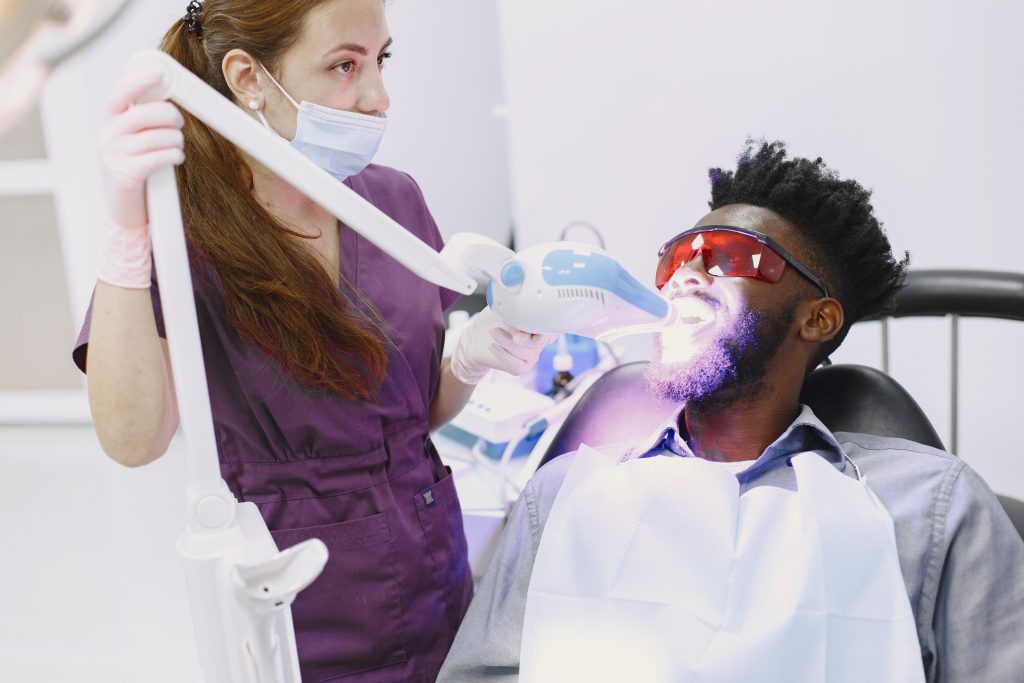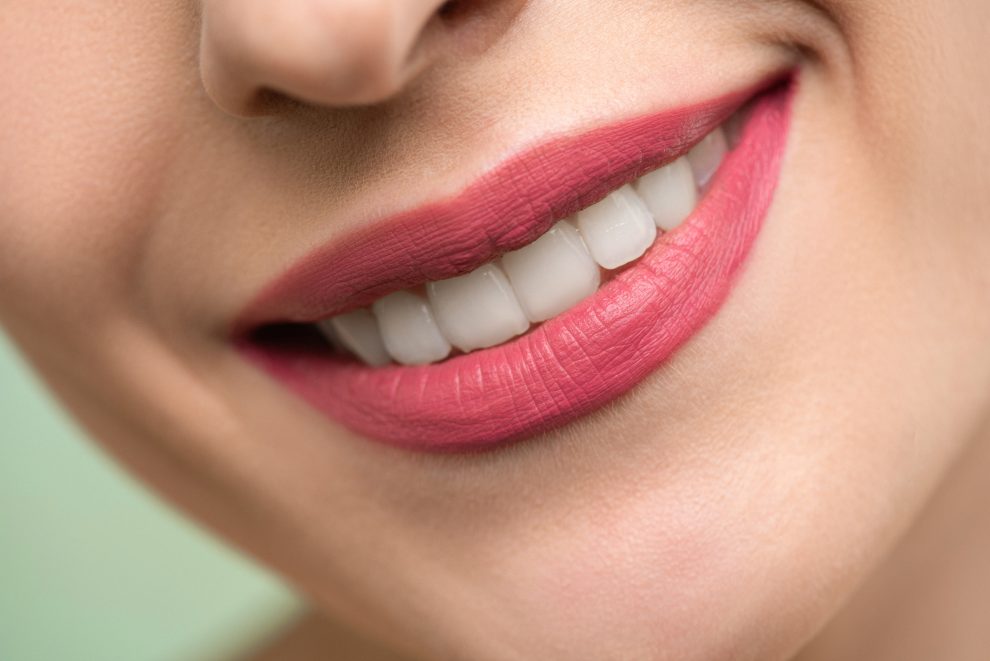How Does Professional Teeth Whitening Work?
What is Professional Teeth Whitening?
 After years of smoking, drinking coffee, and taking red wine, your teeth are bound to discolour. To regain your dazzling smile, you need to whiten your pearls. Professional teeth whitening involves removing the stains and bleaching your teeth to make them whiter. Whether at home or a dental clinic, professional teeth whitening may use bleach or non-bleach products, but the result is sparkling white pearls.
After years of smoking, drinking coffee, and taking red wine, your teeth are bound to discolour. To regain your dazzling smile, you need to whiten your pearls. Professional teeth whitening involves removing the stains and bleaching your teeth to make them whiter. Whether at home or a dental clinic, professional teeth whitening may use bleach or non-bleach products, but the result is sparkling white pearls.How Does Teeth Whitening Work?
A dentist does In-office whitening, and you will get better results because they use a stronger bleaching solution and have experience in dealing with various stains. The procedure may take two hours or may require a couple of visits before you get the desired results. Before a dentist does anything to your teeth, they will record the original condition of your teeth. Photographing helps in monitoring the effectiveness of the procedure. The dentist will clean your teeth using pumice to get rid of plaque on the surface. Next is separating your teeth using gauze to keep your teeth dry before applying the whitening gel. The whitening gel stays on your teeth for about an hour before rinsing.
Applying the bleach on the surface will remove extrinsic stains. However, you may not get the expected results if the stains are inside the teeth. Most extrinsic stains are the yellowing on the enamel caused by food consumption or smoking. Intrinsic stains often result from fluoride inside the teeth. Applying hydrogen peroxide removes both intrinsic and extrinsic stains. If that doesn’t work, the dentist will apply whitening agents inside the tooth and fill it temporarily.
Despite the affordability of at-home whitening kits it is advisable to go for an in-office procedure. Sometimes you may apply the excess whitening gel, which can cause future problems in your teeth.
Are There Side Effects?
Is Whitening Right for You?
Teeth whitening is not a permanent solution. Therefore, if you don’t make some lifestyle changes, you will be going for re-whitening within a short time. To reduce discolouration, you should quit smoking and avoid eating sugary foods that leave stains on your teeth. Practising dental hygiene also reduces stains and yellowing of your teeth.








Add Comment